Most turians seen in Mass Effect games wear the facial markings of their home colonies. Like so:
This custom was established during the so-called Unification War, which started and ended some 2500 years before the events in the games. This is the Codex entry on the Unification War:
At about the time the salarians and asari were forming the Council, the turians were embroiled in a bitter civil war. The Unification War, as it was later named, began with hostilities between the colonies furthest from the turian homeworld, Palaven.
These colonies were run by local chieftains, many of whom had distanced themselves from the Hierarchy. Without the galvanizing influence of the government, the colonies became increasingly isolated and xenophobic. Colonists began wearing emblems or facial markings to differentiate themselves from members of other colonies and open hostilities became common.
When war finally broke out, the Hierarchy maintained strict diplomacy and refused to get involved. After several years of fighting, less than a dozen factions remained and the Hierarchy finally intervened. By that time, the chieftains were too weak to resist; they were forced to put an end to fighting and renew their allegiance to the Hierarchy.
Though peace was restored, it took several decades for animosity between colonists to fade completely. To this day, most turians still wear the facial markings of their home colonies. As a point of interest, the turian term “barefaced” refers to one who is beguiling or not to be trusted. It is also a slang term for politicians.
Since both the custom of wearing the facial markings, and the derogatory term ‘barefaced’ survived so many centuries, by now they must be as deeply rooted in turian culture as, say, resting on weekends is in human. There is nothing in canon to connect a particular design or color to a particular colony; in fact, the only record that remains of the Unification War is this list of outposts and colonies that were lost to the infighting.
Now, in my headcanon, turians casually refer to the facial markings as ‘colors’. (Thus the title of one of my first stories for this fandom, Color.) I don’t like the construct ‘facial markings’ because it doesn’t sound like something that would be used in everyday language.
In part, this idea is supported by the fact that, although the markings on ingame turians come in many designs and colors, not a single turian wears more than one color. However, the notion of multi-colored markings is attractive, if for no other reason, than because of the wonderful fanart such as the picture below. Multi-colored markings could fit this theory as an unorthodox, ‘new-age’ practice.
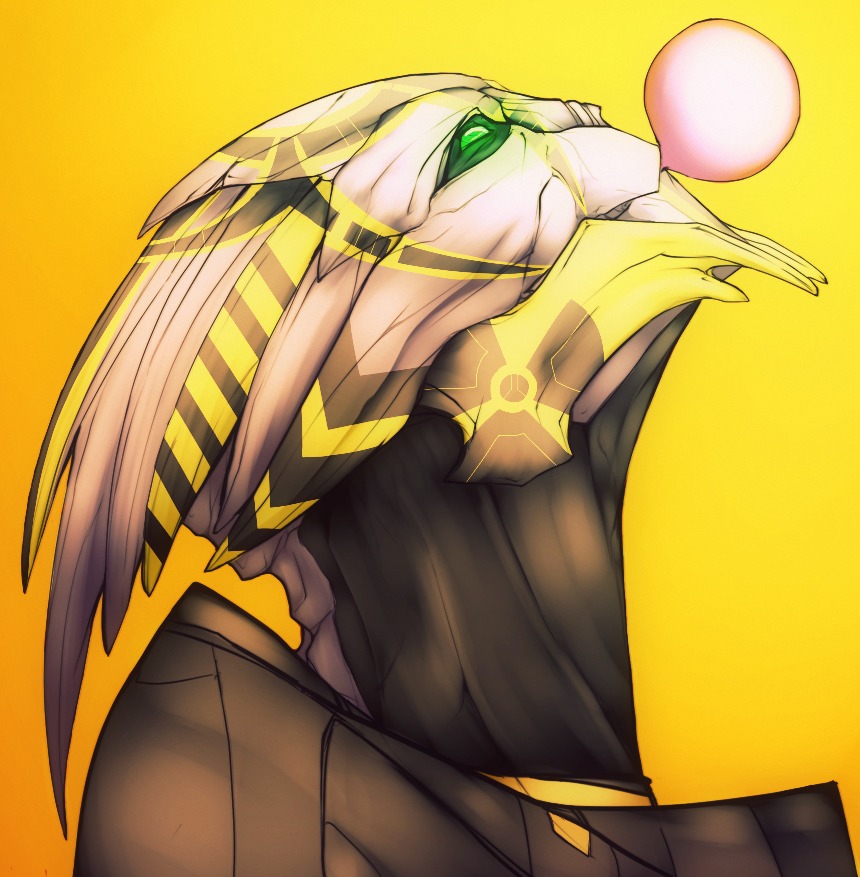
Strictly speaking, though, the markings should be monochrome, and in my headcanon, each color corresponds to a colony cluster: a central, well developed world, and its satellite worlds, industrial and military outposts. And, since I’m strangely fond of the number 11, I imagined that at the time of the Unification War, there were 11 colony clusters, and so today, there are 11 basic colors.
Of course there would be variations. You could say that a certain turian is wearing the “colors of Taetrus” which would mean, basically, red – but there might be dozens of shades to suit the skin-tones, tastes, regional differences and artistic license.
As for the designs, at the time of the Unification War, they too were related to the colony or cluster of origin, but this correspondence dissipated over the centuries, so that now the designs may also carry the names of artists who invented them, or of famous turians who wore them. There could also be unique designs.
It has become a matter of fanon that the facial markings are a sort of semi-permanent tattoos that need to be reapplied from time to time. A typical turian would go to an equivalent of a human hairdresser for this; but an artist such as Nihlus might do it himself.
It is also believed that the markings don’t need to end on the face: they might, in fact, cover the entire body, like this:
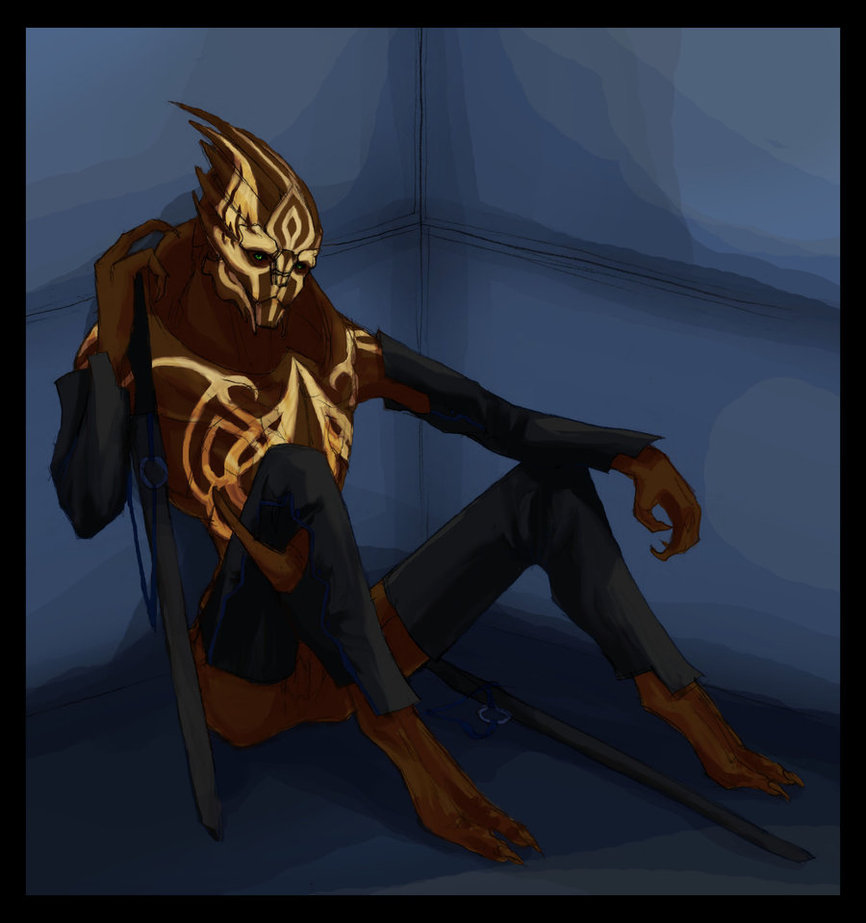
In my headcanon, color is hereditary only to a degree. It is received at or after the age of 15 – which is the canon age of enlistment in the Hierarchy, and presumably, the legal age for turians. A young turian may decide to take on the colors of his parents, or of his legion, or any colors of his choice. I imagine this is how colors became ‘smeared’ across turian worlds: in the hundreds of generations after the Unification, the connections between families and original colonies were lost through migration and unregulated inheritance.
Nihlus, for example, has what I usually call ‘Borena whites’. This can, but doesn’t have to constrain his ancestry to the colony cluster centered around the ancient turian world of Borena (which is, to be clear, also just another part of my headcanon).
Garrus, on the other hand, has what I called on one occasion, the ‘proud cobalt colors of Palaven’. Mostly because we know from canon that Garrus was indeed born on Palaven, and I like the idea that this lovely shade of deep blue, the color of turian blood, is related to the home world, even though Palaven never actually took part in the Unification War.
And then there’s Saren. In the headcanon shared between Misfire Anon and myself, Saren too was born on Palaven, but has never received his colors because he’s a biotic. Read more about this in Misfire Anon’s wonderful story, Marked. The stigma of being barefaced lies heavily on Saren; read more about that in Color & Scars.
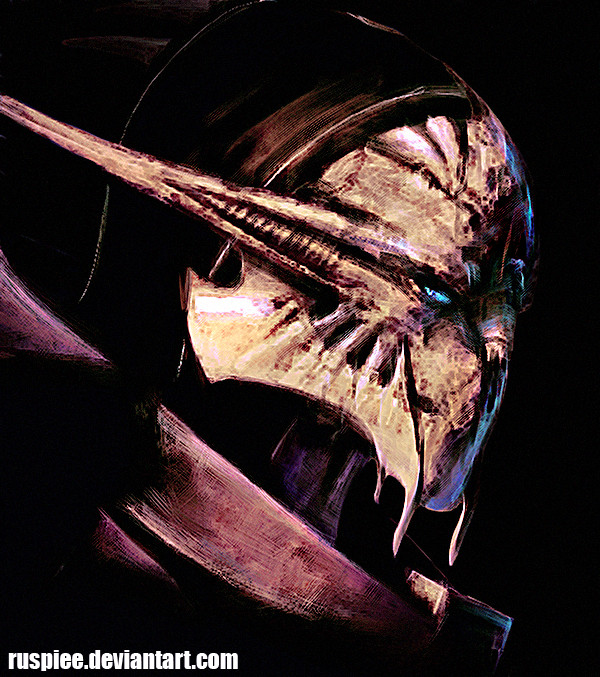
The custom of ‘marking’ doesn’t necessarily stop at designs and colors. The majority of fandom believes that a turian would likely ‘mark’ their sexual partner with their teeth, and I’ve kind of accepted that; a case in point is A Game of Cards, where I question the perception that turians are prone to brutality in sex, but allow that “Primitive turians used to mark their mates by biting into the neck. [Turian] teeth patterns are unique and the neck is exposed enough so that from the scars, everyone can see that your mate is taken.” And in Color & Scars, I treat the consensual scarring of Saren’s carapace as an act of “trust, belonging and love”. Finally, in Signal to Noise, I describe a wedding ceremony and how “The newlyweds received symbolic markings inside the curve of the neck” – in place of a bite.

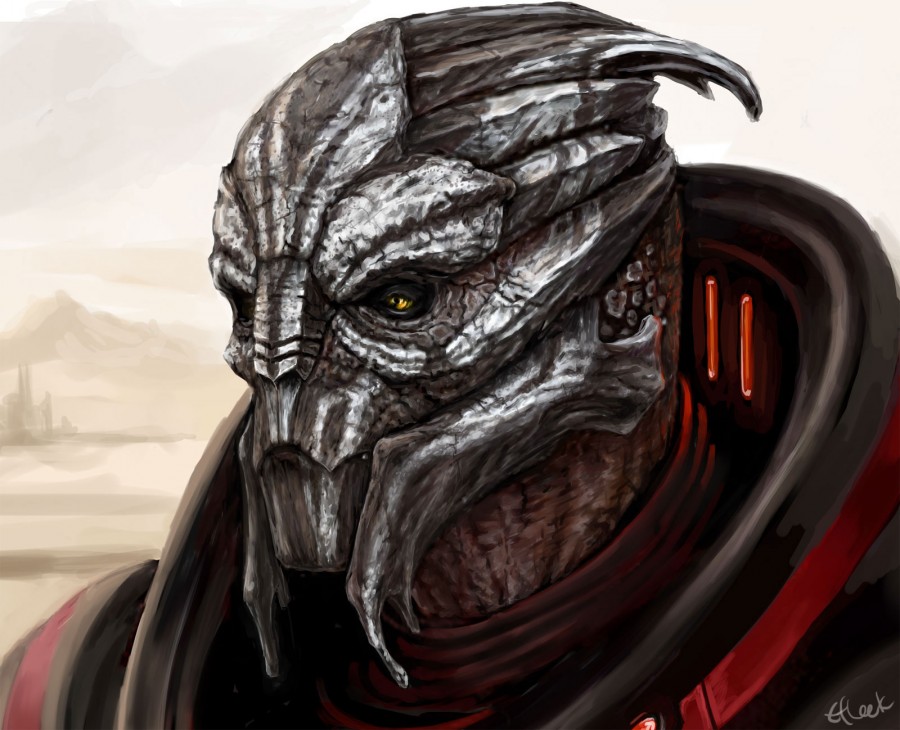
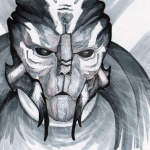
Very mind provoking and well written theory you’ve got here. I would like to know also more about the different races of Turian’s due to there colours being formed of green, red, white, brown, grey and I think there was a yellow Turian I once saw. I would like to know if the comparisons to these races between humans. I would like to say again that this is a really good read, you should be proud of yourself. :)